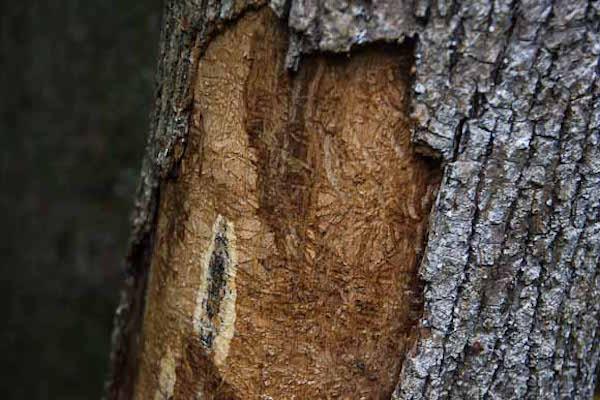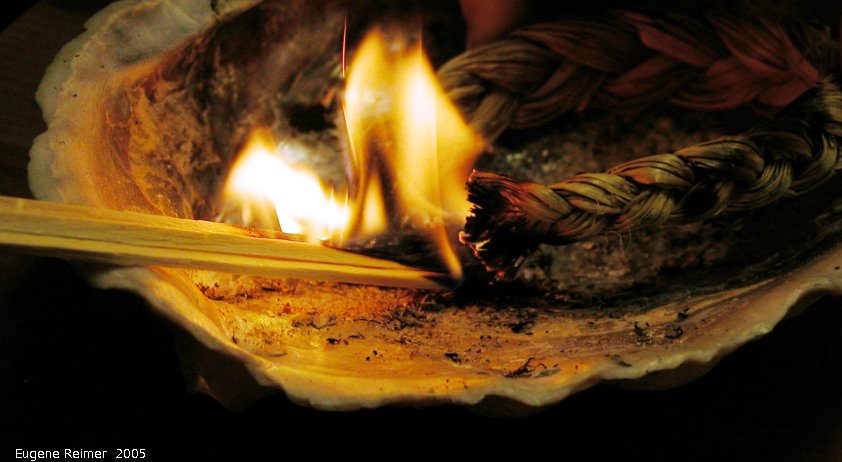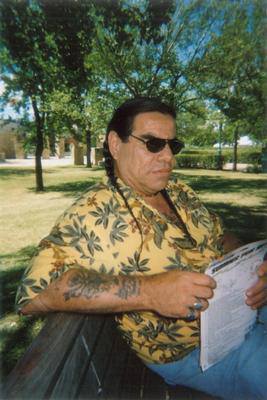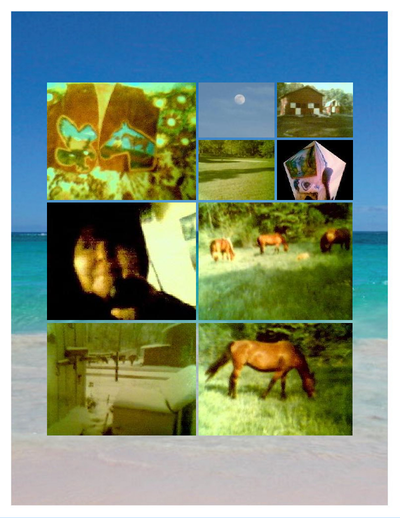Indigenous Environmental Network
Swannanoa, NC · The Pokagon Band of Potawatomi are fighting emerald ash borers the natural way and hope to preserve a part of their heritage in the process. Reprinted with permission from Second Wave Media, Southwest Michigan.
Vic Bogosian has an 18,000-strong army—or, rather, air force—of wasps, and he's looking for more draftees. They're fighting an enemy of the Pokagon Band of Potawatomi, the emerald ash borer, an invasive species from China that has been wiping out an important part of Michigan's Native American culture, the ash tree.
"The bugs here yet?" the Pokagon's natural resources manager asks the front desk of the Pokagon administration building near Dowagiac.
No bugs. He'd been able to place batches of wasps about every-other week since August. But the next expected batch of 3,000 to 4,000 wasps hadn't arrived. Maybe the FedEx guy left the box on the truck, he speculates. Or, there may be no more bugs for the year. "They weren't really clear on when they were winding down production," Bogosian says.
The wasps, also from China, are tiny in size, ranging from fruit fly to mosquito, and stingless, but they have a powerful ability to hunt out borer larvae burrowing under ash bark. The wasps work as "parasitoids."
Read more at http://indiancountrytodaymedianetwork.com/…/can-wasps-save-…
Can Wasps Save the Ash Tree? Native Americans Are Giving It a Try
The Pokagon Band of Potawatomi are fighting emerald ash borers the natural way and hope to preserve a part of their heritage in the process.
indiancountrytodaymedianetwork.com
Swannanoa, NC · The Pokagon Band of Potawatomi are fighting emerald ash borers the natural way and hope to preserve a part of their heritage in the process. Reprinted with permission from Second Wave Media, Southwest Michigan.
Vic Bogosian has an 18,000-strong army—or, rather, air force—of wasps, and he's looking for more draftees. They're fighting an enemy of the Pokagon Band of Potawatomi, the emerald ash borer, an invasive species from China that has been wiping out an important part of Michigan's Native American culture, the ash tree.
"The bugs here yet?" the Pokagon's natural resources manager asks the front desk of the Pokagon administration building near Dowagiac.
No bugs. He'd been able to place batches of wasps about every-other week since August. But the next expected batch of 3,000 to 4,000 wasps hadn't arrived. Maybe the FedEx guy left the box on the truck, he speculates. Or, there may be no more bugs for the year. "They weren't really clear on when they were winding down production," Bogosian says.
The wasps, also from China, are tiny in size, ranging from fruit fly to mosquito, and stingless, but they have a powerful ability to hunt out borer larvae burrowing under ash bark. The wasps work as "parasitoids."
Read more at http://indiancountrytodaymedianetwork.com/…/can-wasps-save-…
Can Wasps Save the Ash Tree? Native Americans Are Giving It a Try
The Pokagon Band of Potawatomi are fighting emerald ash borers the natural way and hope to preserve a part of their heritage in the process.
indiancountrytodaymedianetwork.com










 RSS Feed
RSS Feed




